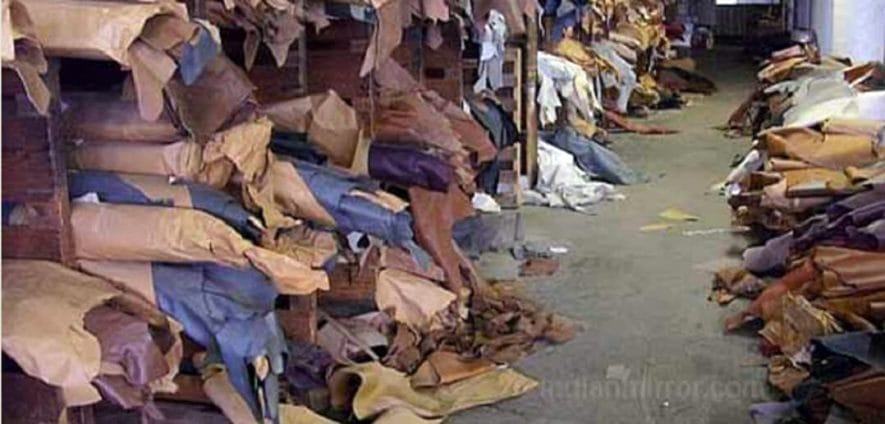In Tanzania, Freddy Kabala, general supervisor of the industrial development plan at the Leather Association of Tanzania, sent an invitation to some Indian potential investors to meet up and discuss together about business investments in the country. According to Kabala, so far the lack of investments has considerably affected Tanzania’s incomes, whose exports massively lie on skins and hides (90%). “Tanzania is currently running less than 10 small and medium-sized specialized factories: unfortunately, they operate at limited capacity, with regard to collection and processing of raw hides”, pointed out Kabala, while urging local manufacturers to participate in the international Footwear Fair, scheduled in New Delhi on August 2-4. Simultaneously, India’s high commissioner Robert Shetkintong emphasized the embassy’s commitment to fostering remarkably Indian investments in Africa, in various industries: “It is no coincidence that in 2017 India’s investors spent in Tanzania up to 2,2 billion dollars”. Likewise, Zimbabwe’s government representatives think that the leather industry, along with its turnover and its clients, may drive and enhance domestic development. In the African country, they manufactured, until 2000, 17 million pairs of shoes, whereas current production amounts to 2 million pairs a year. Such collapse deeply affected both the financial and the occupational situation, therefore spoiling the national welfare. That is why Zimbabwe’s government considers the leather industry to be “a priority” in the national industrial policy they set for a five-year period, from 2018 to 2022. The Zimbabwe Leather Development Council will be in charge of this development project: they will manage a revolving fund to support and foster technology innovation in the enterprises.
Africa’s plans to revamp the leather business: Tanzania calls on India, while Zimbabwe stands up after collapse











